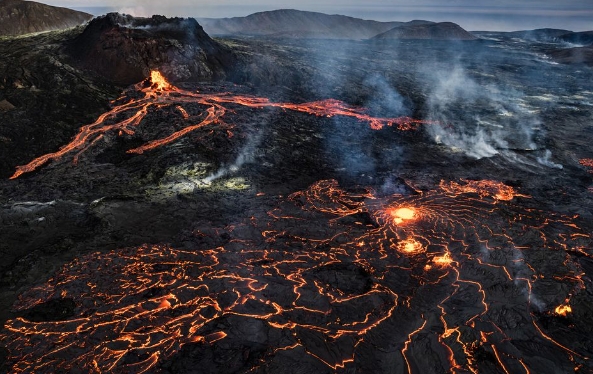Volcanic earth is a fascinating and mysterious substance that has captivated scientists and researchers for centuries. While we often think of volcanic eruptions in terms of their destructive power, the earth that remains behind holds many secrets waiting to be uncovered.
What is volcanic earth?
Volcanic earth, also known as volcanic soil or ash, is the result of the various minerals and nutrients left behind after a volcanic eruption. It is typically rich in minerals like iron, magnesium, potassium, and calcium, making it incredibly fertile and beneficial for plant growth.
The impact on plant life
Plants that grow in volcanic soil often have unique characteristics that set them apart from plants in other types of soil. They are often more resilient to extreme weather conditions and are able to thrive in nutrient-rich environments.
The benefits for agriculture
Farmers and agricultural experts have long recognized the benefits of using volcanic soil for crop cultivation. The minerals present in the soil can help to improve plant growth and yield, resulting in higher quality produce.
Uncovering the mysteries
Scientists are still exploring the many mysteries of volcanic earth, including its potential for medical and cosmetic applications. Some studies suggest that volcanic soil may have healing properties, thanks to its high mineral content.
A deeper look beneath the surface
By delving deeper into the composition and properties of volcanic earth, researchers hope to unlock its full potential and discover new ways to harness its benefits. From agriculture to skincare, the possibilities are endless when it comes to this extraordinary substance.

